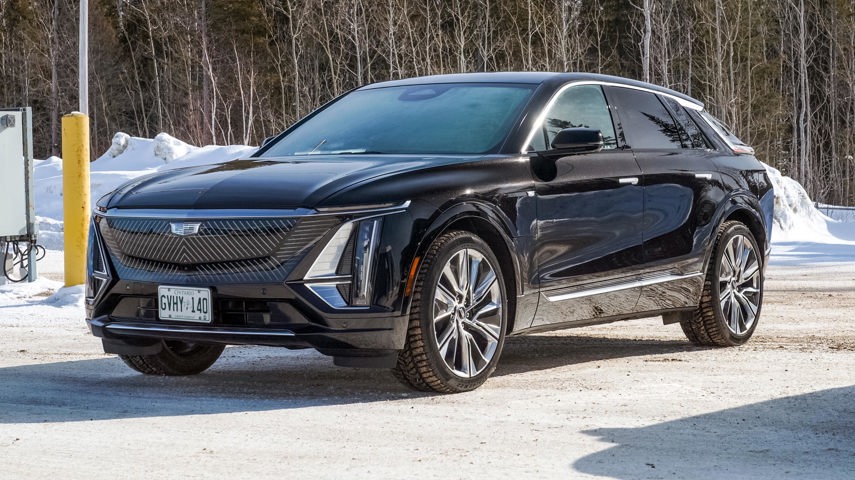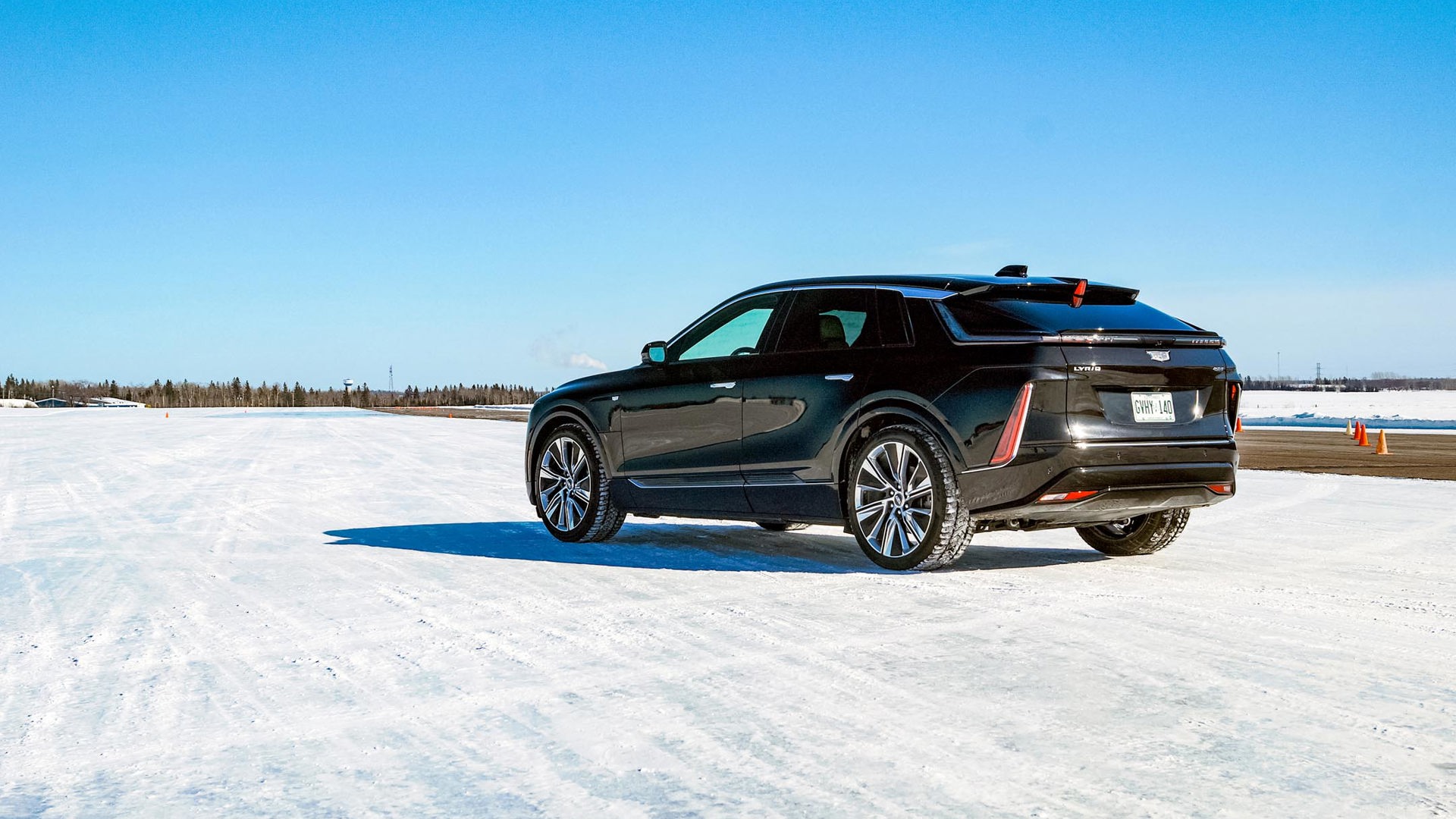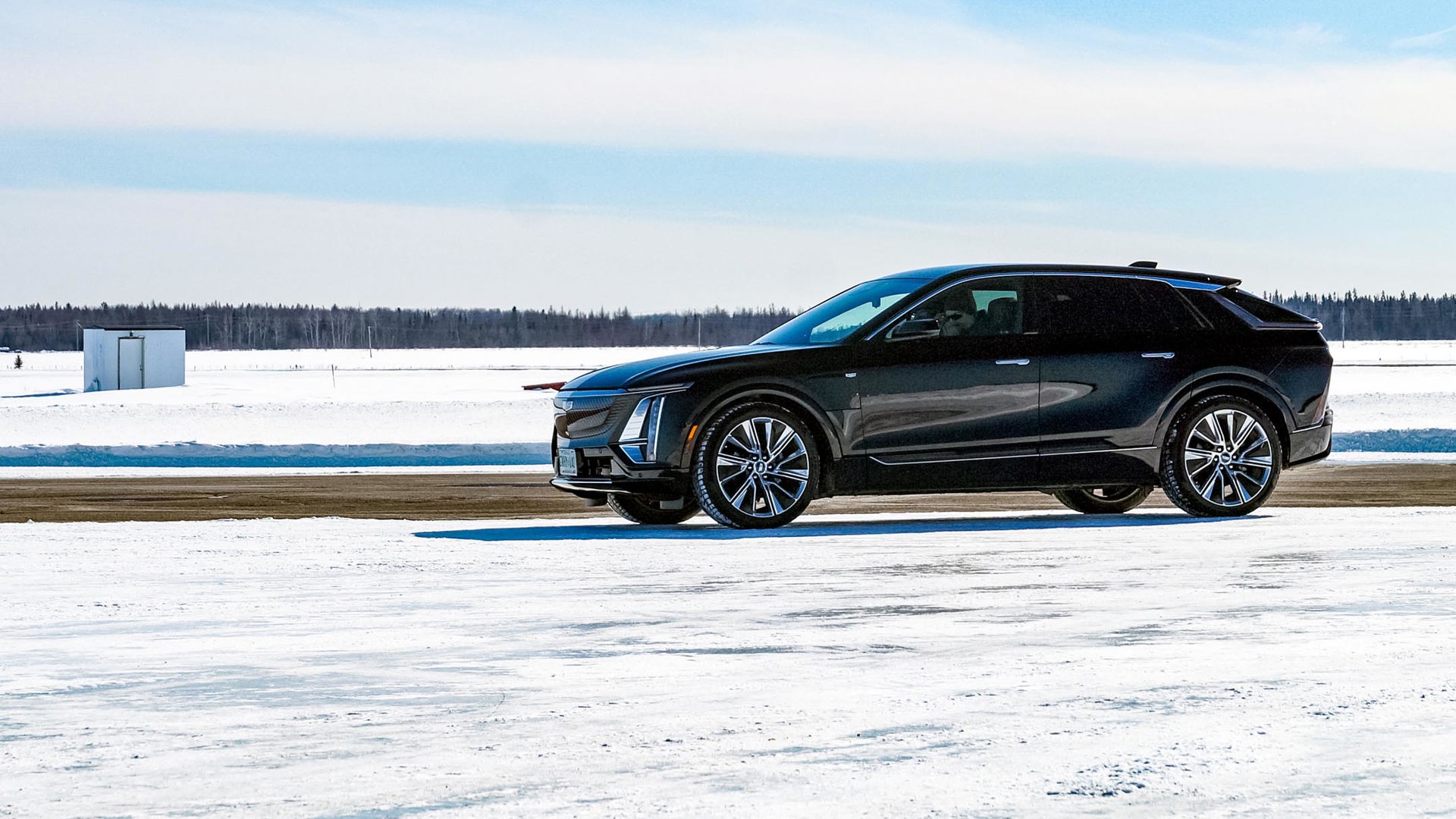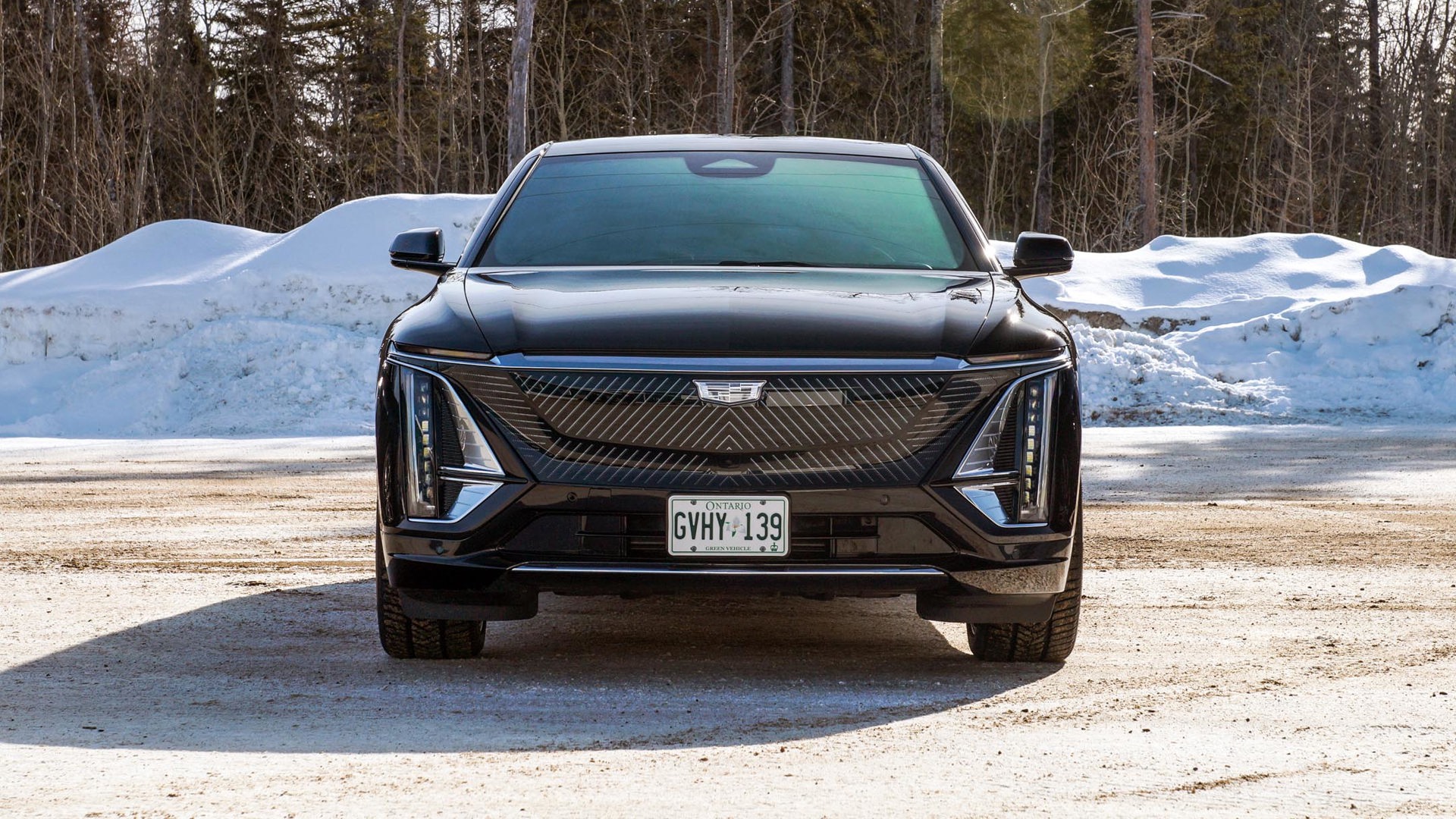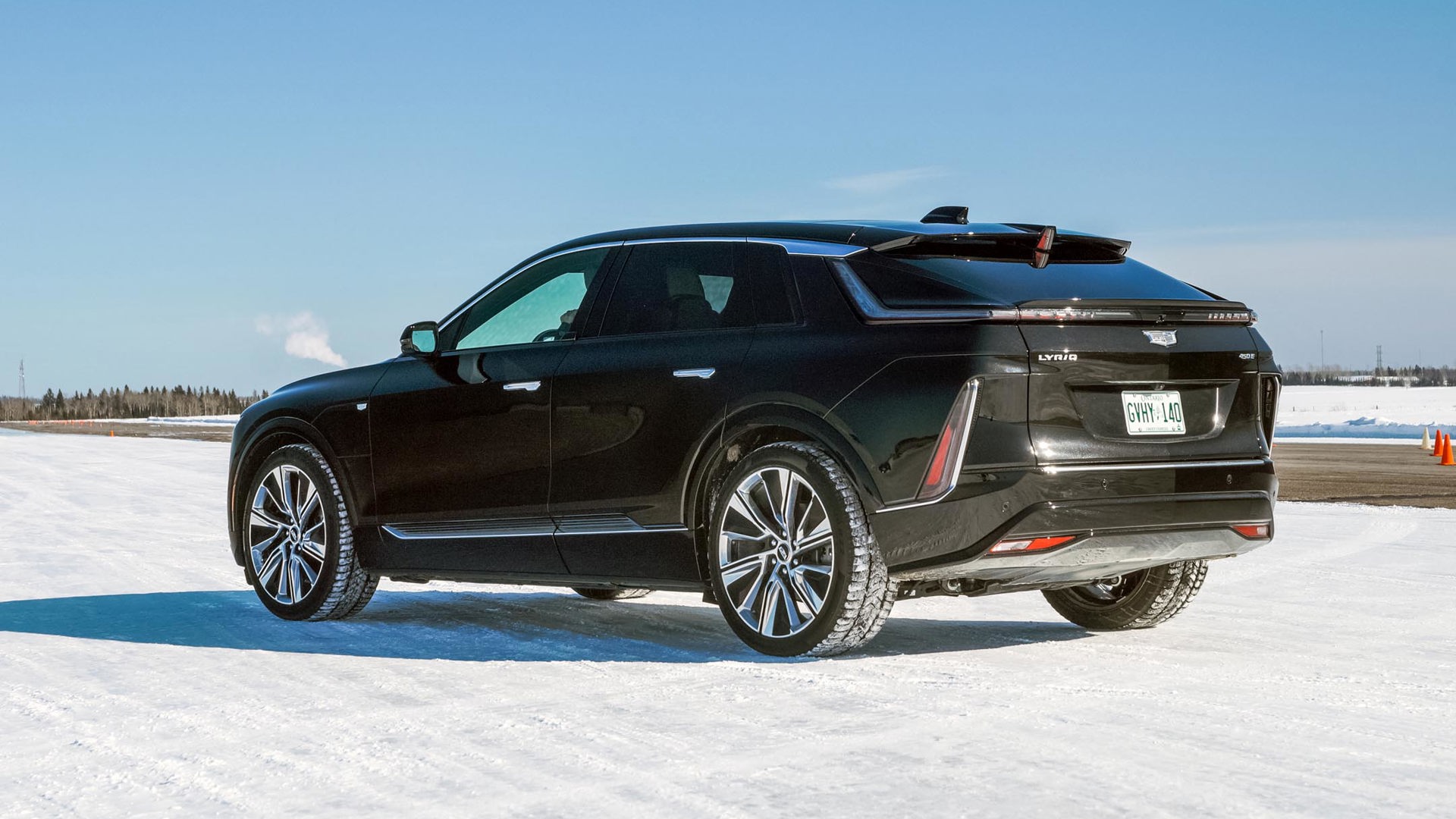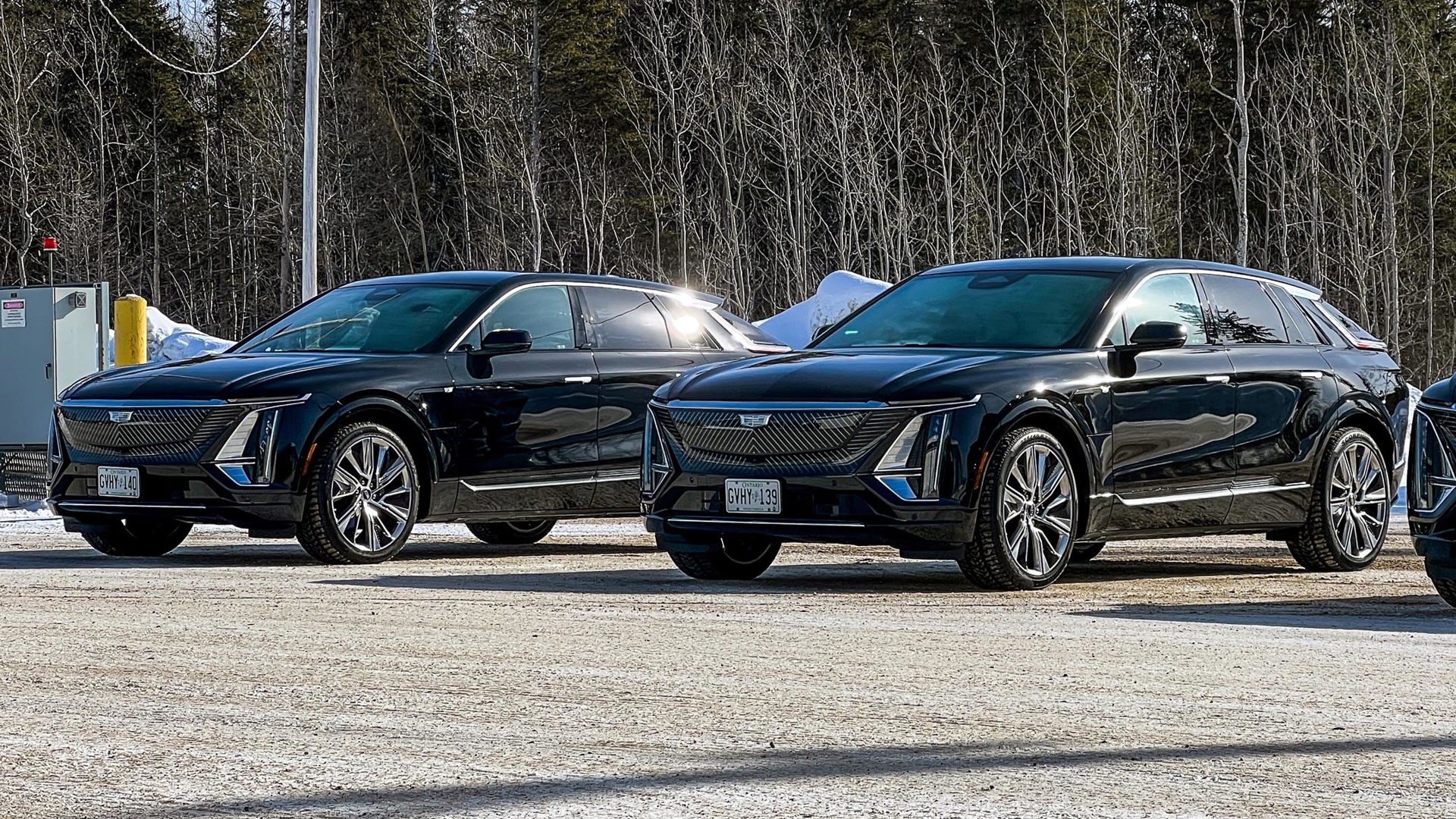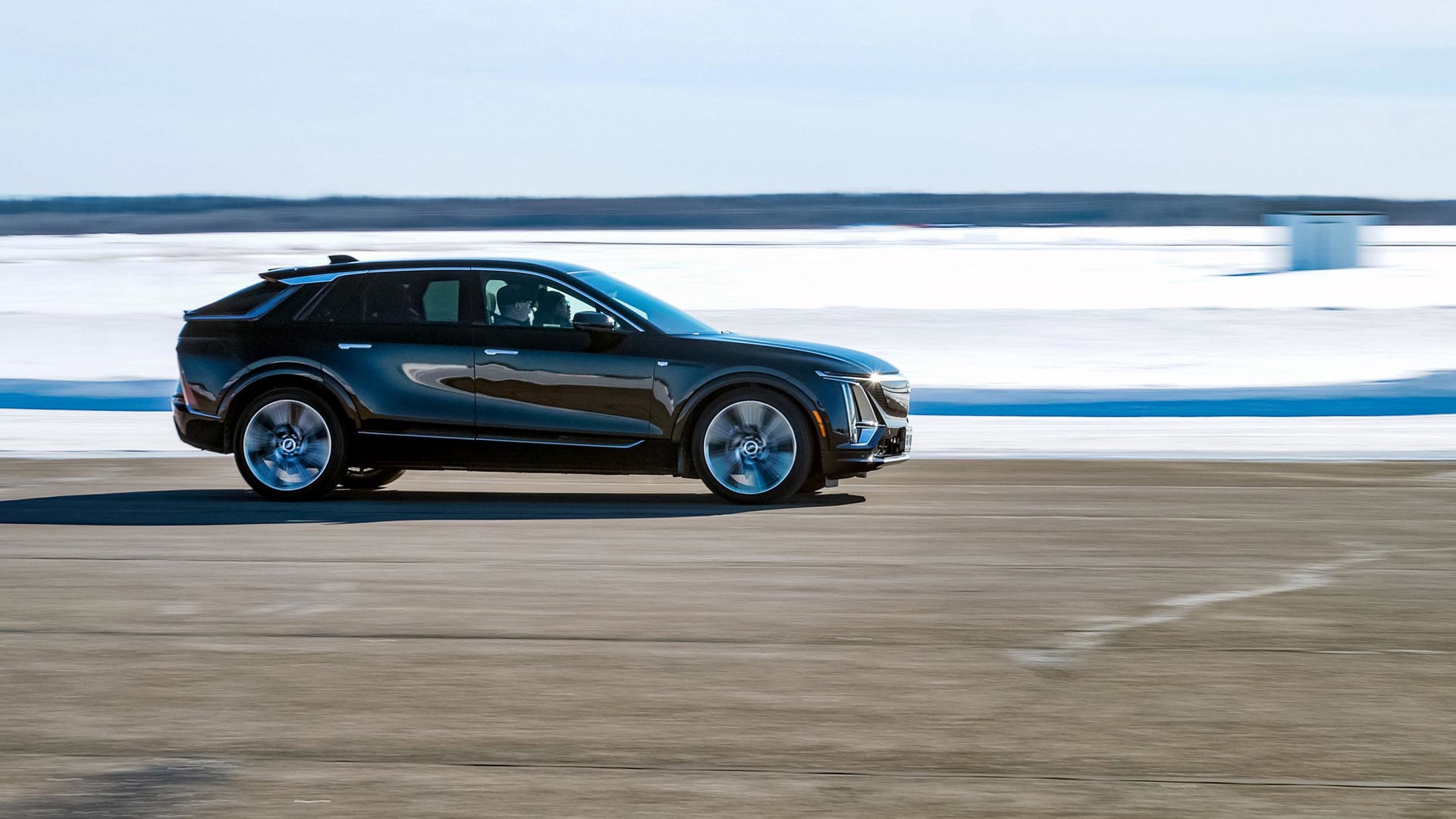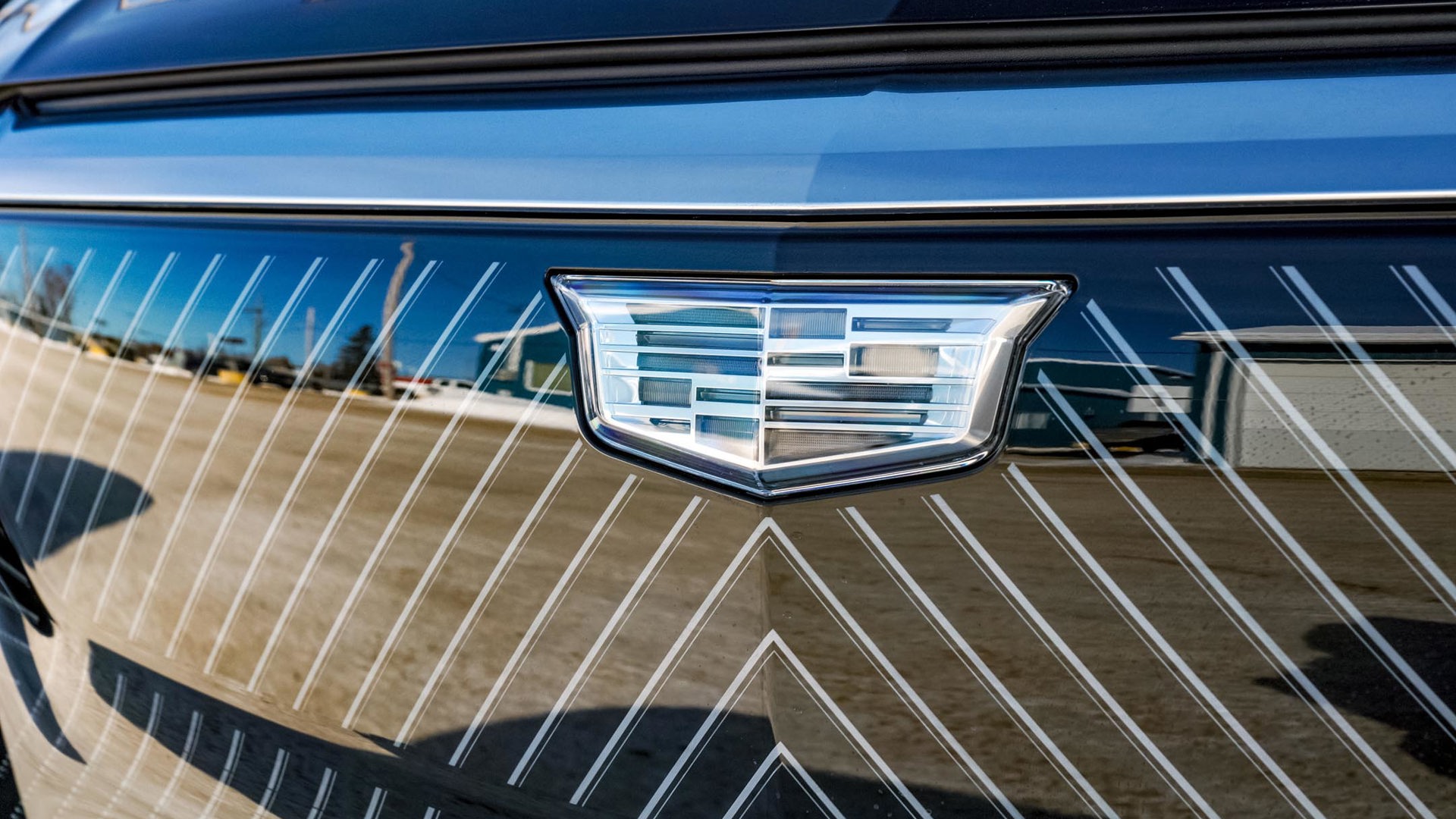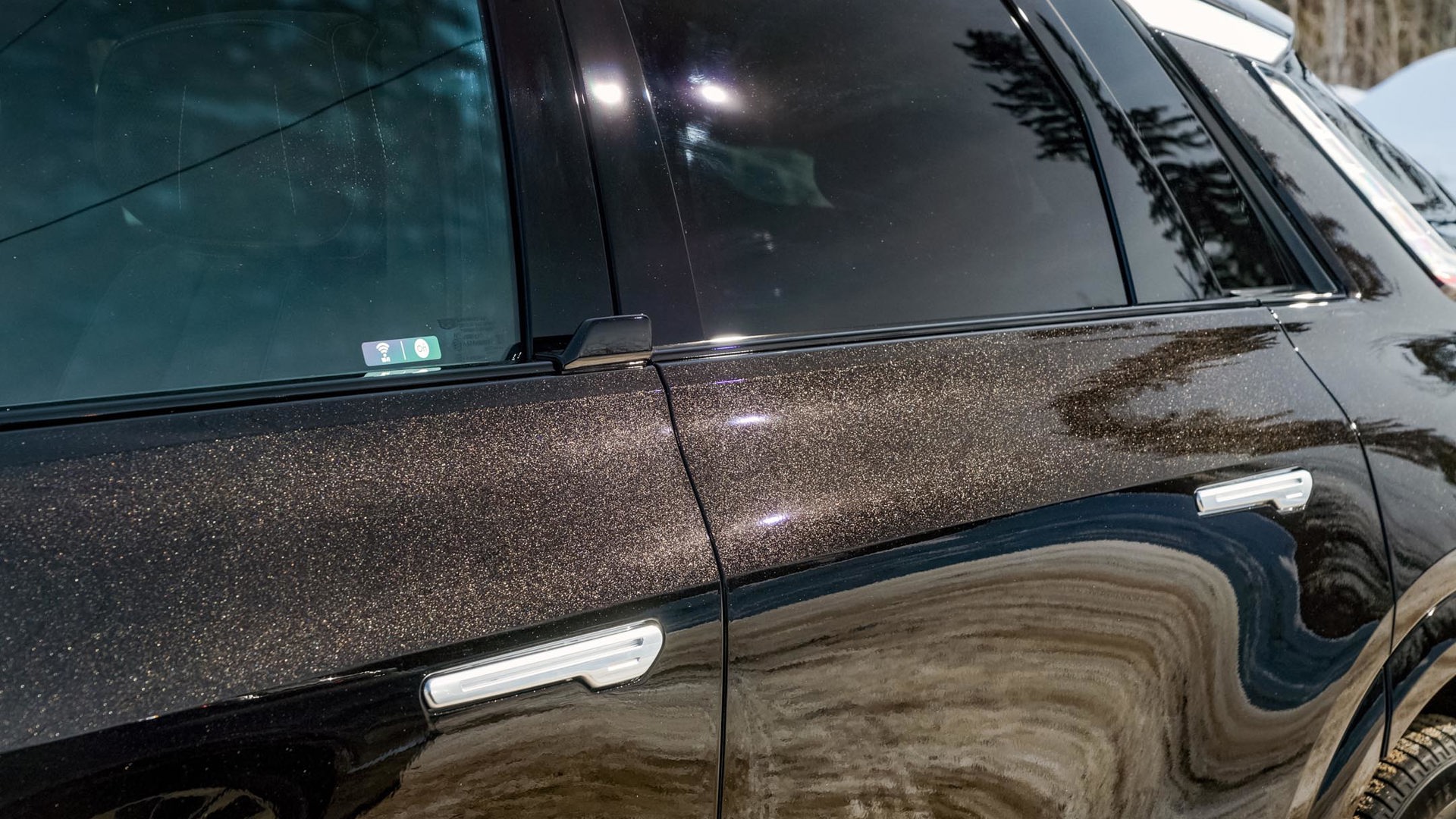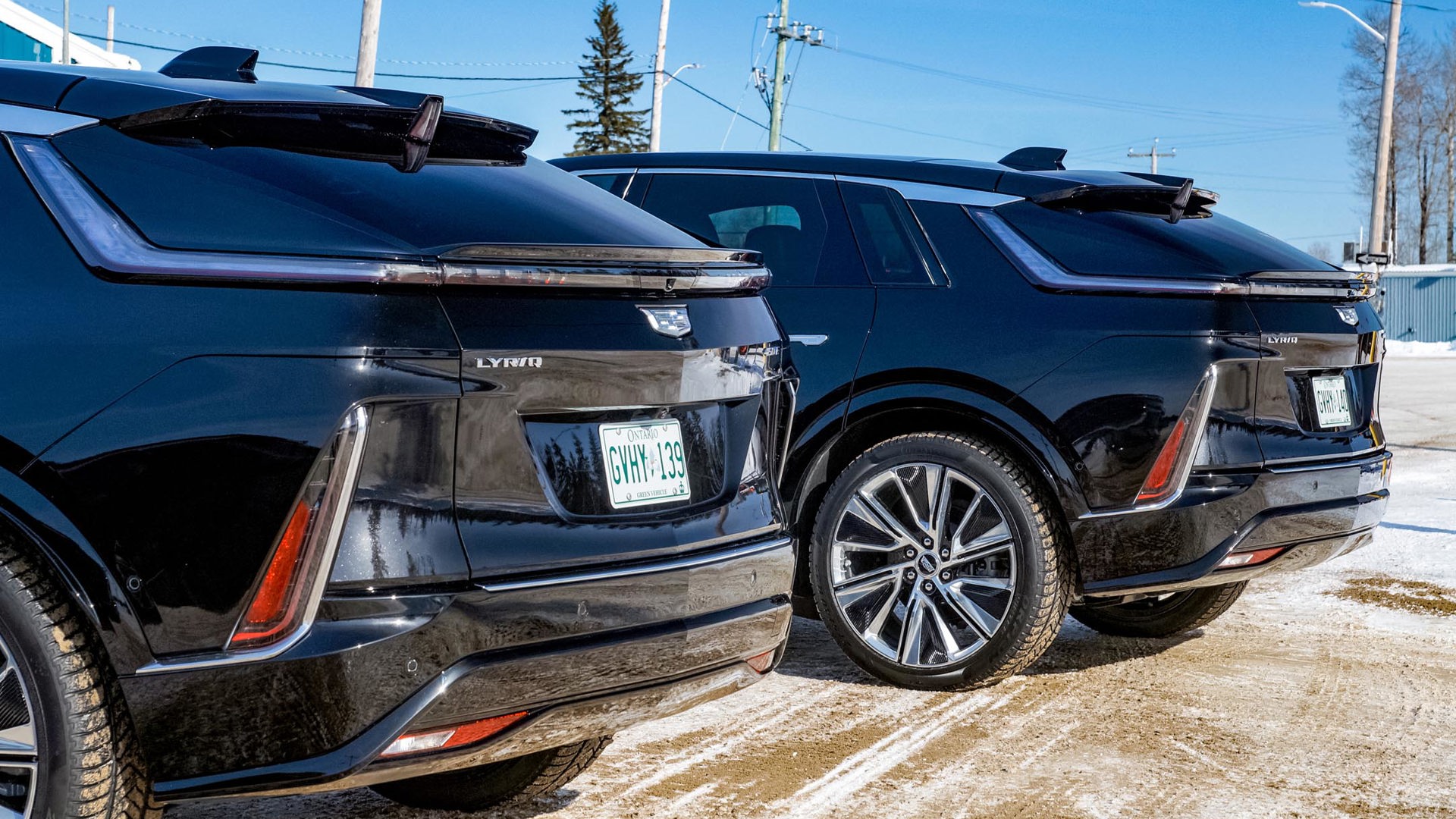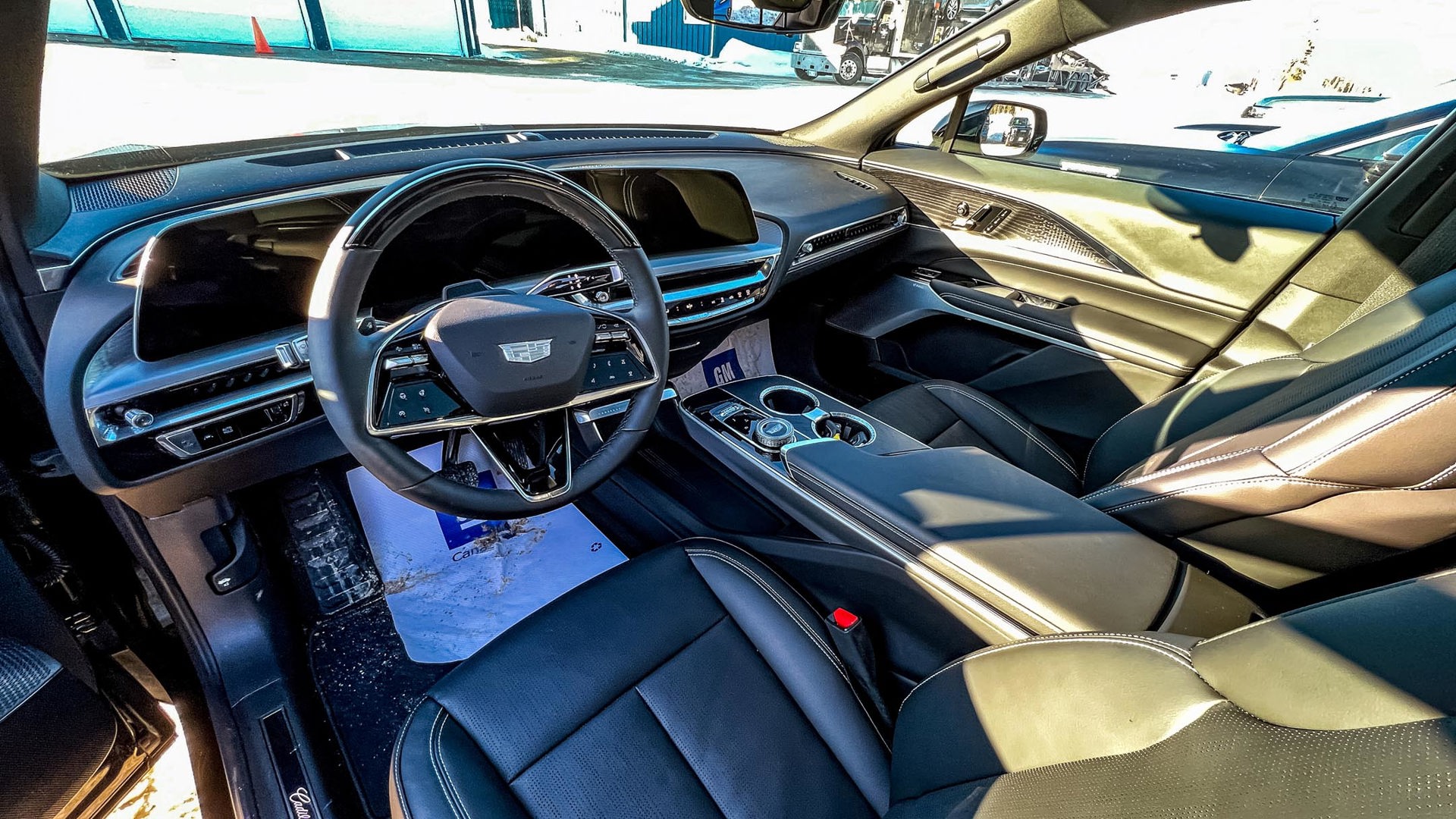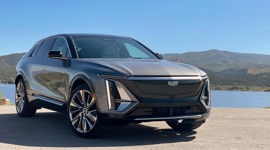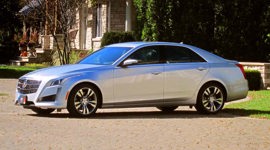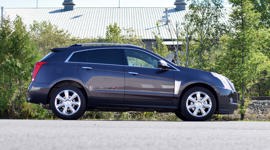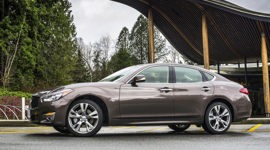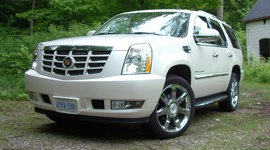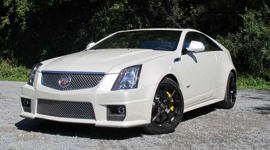For the Canadian car-buying public, it’s a very exciting time to be following the electric vehicle (EV) space.
Within the last couple years, Cadillac and parent company General Motors (GM) have been hard at work bolstering their electrified offerings in the face of aggressive government targets that would see their lineups made of entirely emissions-free vehicles by 2023. But what happens when temperatures plummet? That’s what we headed to Kapuskasing, Ont., to find out with the help of one of the most hotly anticipated EVs around, the 2023 Cadillac Lyriq.
A temperature of -27° Celcius greeted us as we arrived, but after testing the Lyriq in some seriously harsh conditions, we can report that skepticism can safely turn to optimism for people wanting to ditch fossil fuels.
Kasing the Joint
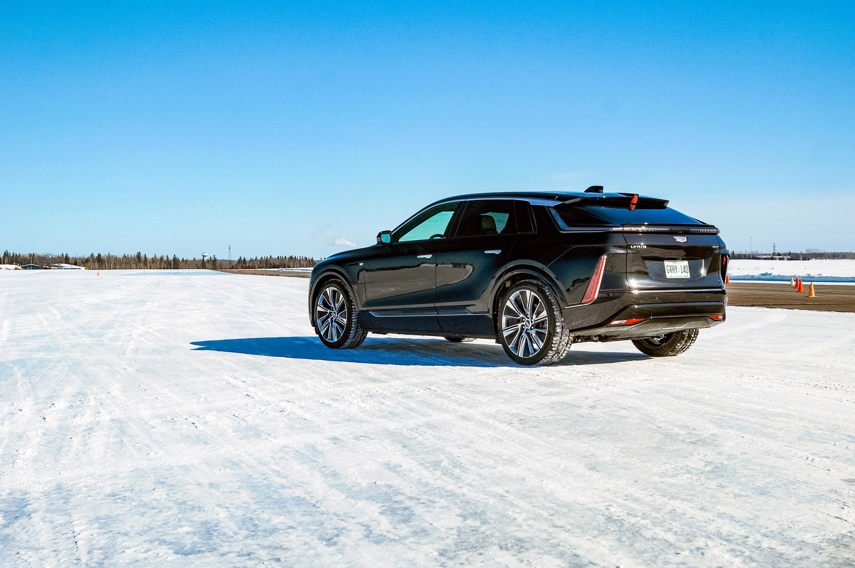
Of course, Kapuskasing wasn’t chosen at random. The town some 850 km north of Toronto is home to GM’s Cold Weather Development Centre – a sprawling 272-acre proving grounds that handles all cold weather testing for the automaker’s vehicles sold in North America. The Lyriq – and all other vehicles built on the GM Ultium EV platform, for that matter – is subjected to the same durability testing as its internal combustion counterparts. Whether it’s the massive GMC Hummer EV or the Chevrolet Corvette convertible that may never actually see winter, they all have to pass through the gates at Kapuskasing before making it to customers.
Supersized Value
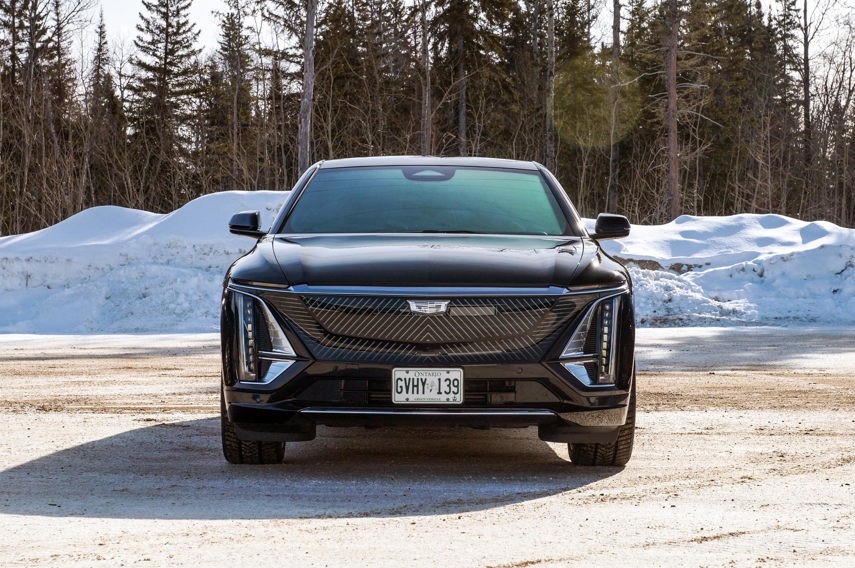
At an overall length of nearly 5,000 mm (196.9 in), the Lyriq is similar in size to the Lexus RZ, BMW iX, Audi E-Tron, and Genesis Electrified GV70. The key difference – and something of a surprising one – is that the Lyriq undercuts the pricing of almost all of them by at least $10,000, except for the slightly cheaper Lexus RZ, which it soundly defeats in range by nearly 40 per cent.
The 2023 Lyriq starts at $69,998 before freight and tax in rear-wheel drive (RWD) form, and comes with the equivalent of approximately 340 hp and 325 lb-ft of torque. A dual-motor all-wheel-drive (AWD) version starts at $73,498 and cranks up the output to about 500 hp and 450 lb-ft of torque. Pricing that attractive makes this the best bang for the buck in the segment, and even manages to stay appealing next to similarly sized gas-only and hybrid entries. (It’s important to note that just about all 2023 units are spoken for, and 2024 pricing data is not yet available, so use these figures as an estimate for what’s in store for next year.)
Battery size for both is 102 kWh, which is impressive for any EV at this price and size. The overall driving range for both models is similar, with nominal ratings of 502 and 494 km for the RWD and AWD versions, respectively. Meanwhile, Level 2 charging – the 240-volt type you might install at home – maxes out at 19.2 kW for the RWD version, and 11.5 kW for the AWD model. It can be hooked up to public DC fast-charging for speeds of up to 190 kW.
Short But Sweet Cold-Weather Driving
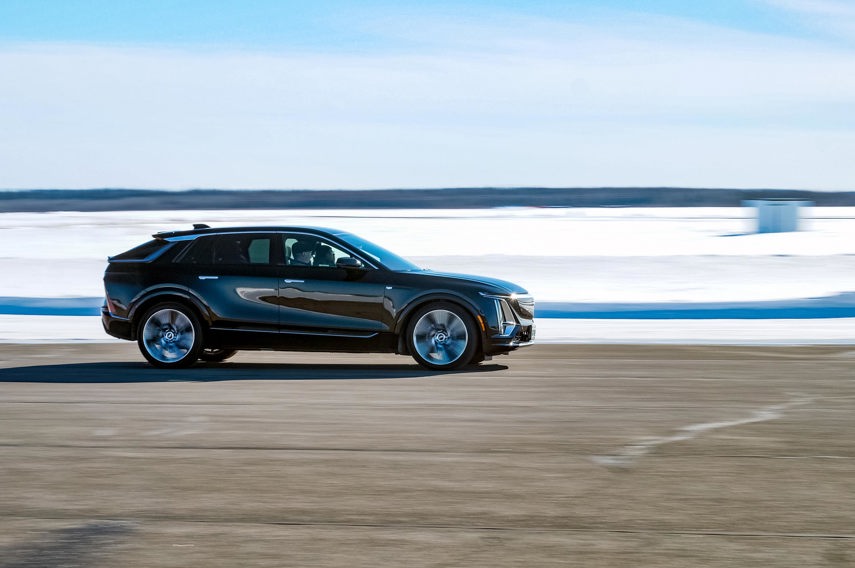
While our drive time in Kapuskasing was limited, first impressions were favourable. As with many EVs, acceleration is effortless and brisk, and even with noisier winter tires installed the cabin remains as quiet and composed as you might expect in a Cadillac. Testing at GM’s proving ground included driving through the squeak-and-rattle building, which features uneven terrain and bumps that are built to rattle every filling in your teeth and find any source of potential discomfort. Despite the cold temperatures where plastics and body panels can behave in unintended ways, no odd noises or lost lunches were observed.
For winter driving, the Lyriq makes use of the Ultium Energy Recovery system, which is a fancy term for a patented heat pump setup that can recover and store heat from the vehicle’s electric powertrain that would otherwise be lost. Heat can also be extracted from the outside world through the refrigeration process; if you’ve ever been on the wrong side of an air conditioning unit in the summer, you know very well about that unpleasant blast of hot air. Reverse the orientation of that A/C unit to take advantage of that heat, and you have a heat pump putting in work to keep the passenger cabin warm and cozy.
The interior materials in the Lyriq are definitely a step above a mainstream GM product like the Chevrolet Bolt, and unlike many Cadillacs that came before it, the interior doesn’t hold the rest of the Lyriq back. The singular 33-inch screen takes care of gauge cluster and Google-integrated infotainment duties, and there are just enough hard buttons and dials to give the Lyriq generally favourable ergonomics. For its fairly significant price advantage, it doesn’t make many sacrifices.
Final Thoughts
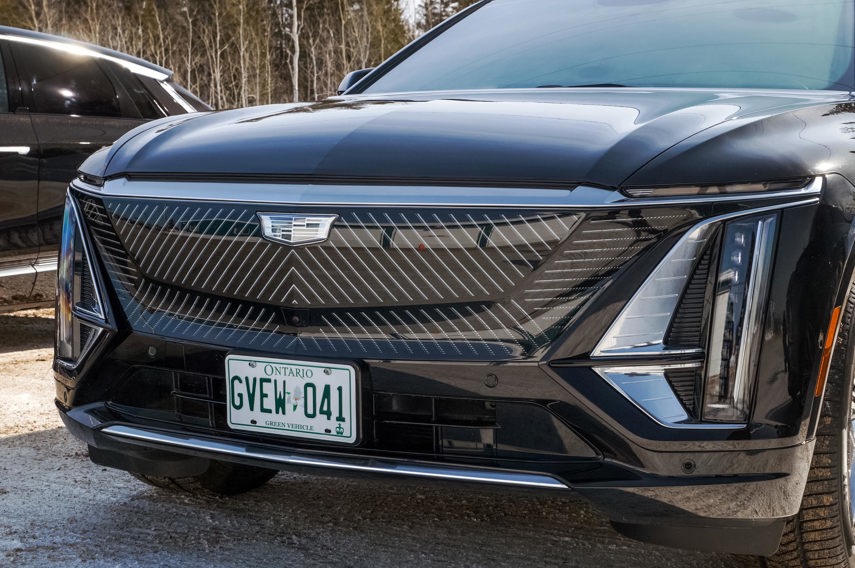
Overall, the 2023 Cadillac Lyriq impresses with its relatively low starting price, and it nails the practicality balance for anybody looking for a provocative-looking premium electric crossover. The 102-kWh battery pack and about 500 km of range are noteworthy figures, as they seem to be what’s required to instill more confidence among admittedly apprehensive shoppers considering EVs. Cold-weather durability should not be of any concern, and the use of heat pumps certainly helps. Vehicles like the Lyriq should be heralded as the true beginning of the age of mainstream electric motoring.
